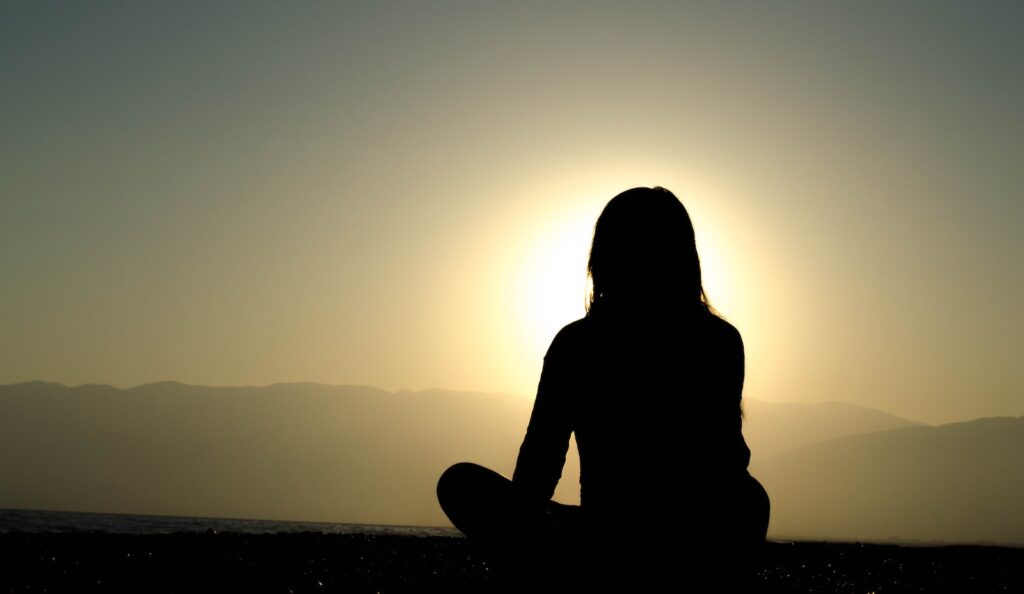YOUR CART
- No products in the cart.
Subtotal:
$0.00
BEST SELLING PRODUCTS

I recently heard an interview with a respected meditation teacher who said that almost all forms of meditation come down to breath practices for attaining deep samadhi states of peaceful concentration. I think he is perhaps right with regard to most kinds of meditation, where attaining highly concentrated states is the common goal. However, what was noticeable to me in the teacher’s talk is that he never once mentioned anything in his recommended meditation resembling the radical “goallessness,” or the profound dropping of all need to attain, that is at the heart of shikantaza zazen.
So, what is the place of breath and deep samadhi states in shikantaza, or “just sitting,” the way of zazen that is the centerpiece of Soto practice?
The answer is that we cherish and celebrate such states, honor the breath, and welcome samadhi when it comes. However, we believe that samadhi, which emerges from anything but an attitude of radical goallessness, simply feeds the very hunger and thirst for gain that is the root of dukkha, or suffering. It becomes one more pleasure and treasure to chase after and enjoy, when the hunt and hunger is what we actually need to drop away in equanimity for the fulfillment of liberation.
So many schools of meditation call out levels of concentration and spiritual attainment, creating more rungs to reach, finish lines to cross, payoffs to earn, and prizes to strive for. But all of that is, quite literally, “self-defeating,” because striving is the source of the very suffering it seeks to relieve.
In shikantaza, our solution to this dilemma is to drop—down to the marrow—all hunting and reaching, except for sitting itself for sitting’s sake. Zazen must be good for nothing but sitting. Then, sitting itself is the treasure attained, the goal reached. Without such radical goallessness and forsaking of all cravings for goals, meditation becomes another ploy to feed never-ending, self-created feelings of human lack.
So Soto folks do nothing special with the breath except to breathe naturally and deeply, one breath after another. We refuse to use the breath as one more tool, trick, or scheme to get some state or kickback. We do not need to get some state, for the very dropping of all “need to get” is itself the most wondrous of wondrous states.
For us, deep and pleasant samadhi will emerge in our zazen, just as it does in the other schools of meditation, and it is wondrous! It is like an unsolicited treasure, for it arises right from our giving up of all need, much like a door that unlocks only when we stop struggling to unlock it. The very act of dropping all need to turn the key leads to the door springing open. Such unsolicited samadhi is glorious.
In fact, everything is glorious because, in our equanimity, we equally honor and welcome as wondrous all the moments of zazen without samadhi too. Both samadhi and the absence of samadhi are wondrous, and the total face of Zen samadhi.
So many meditators make the mistake of thinking their meditation “good” only when they feel good and get what they want. In fact, zazen is always good, both when it feels good and even when it doesn’t. Shikantaza folks can know the presence of the moon, not only on those clear and bright nights when the moon shines brightly, but also on the darkest and cloudiest nights. Only the radical dropping of hunger to experience the moon can lead to a profound awareness that knows the moon both seen and unseen.
In this way, samadhi comes and samadhi goes, and we celebrate such coming and going. True Zen samadhi is always present, whether come or gone, beyond coming and going. So deep, this samadhi cannot be fathomed.